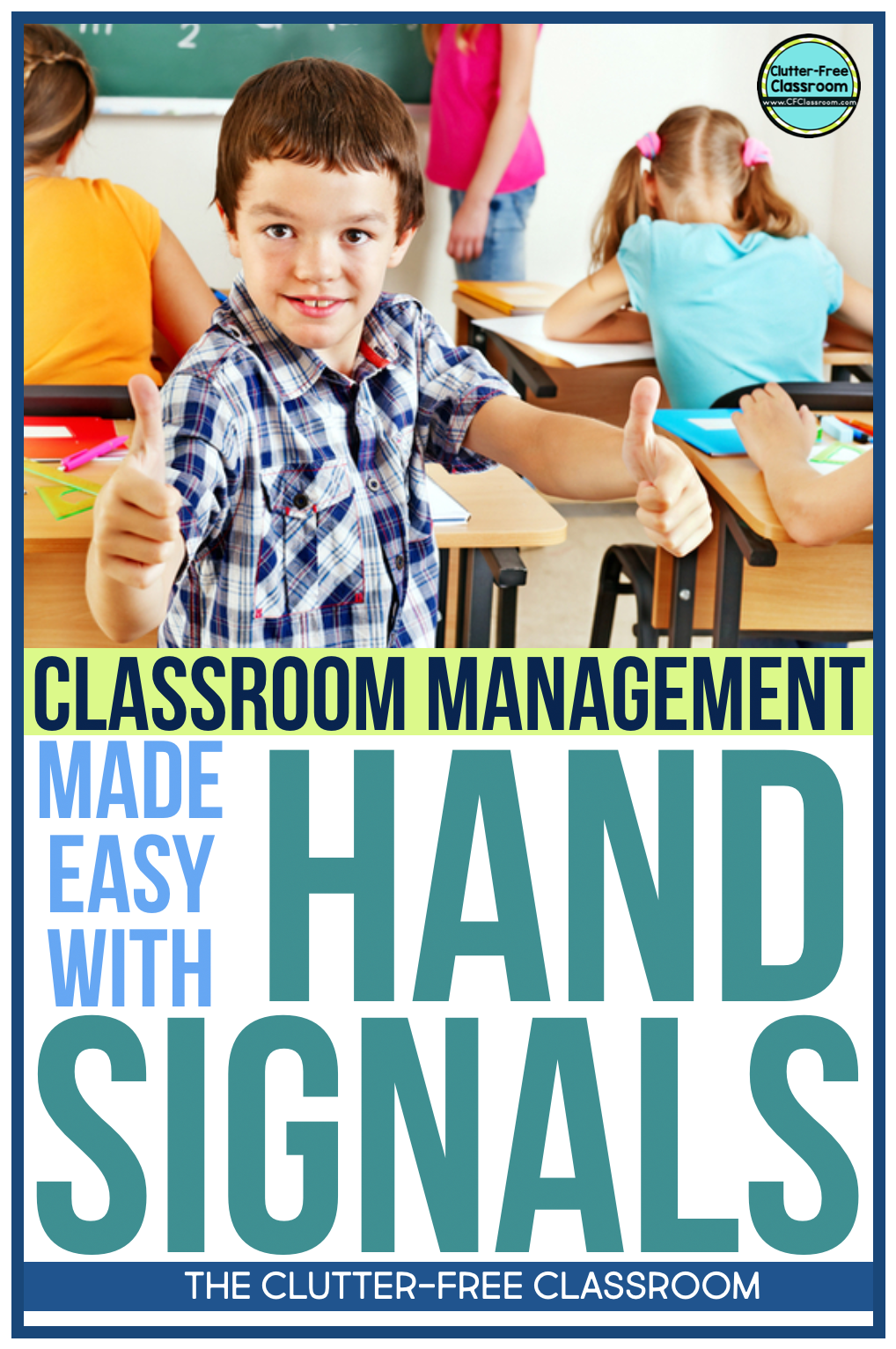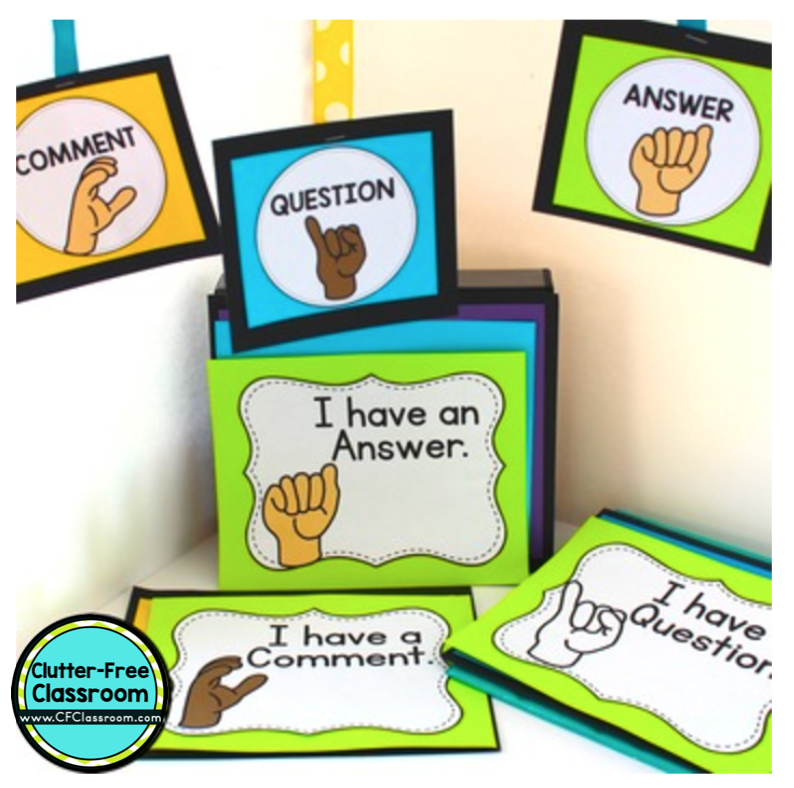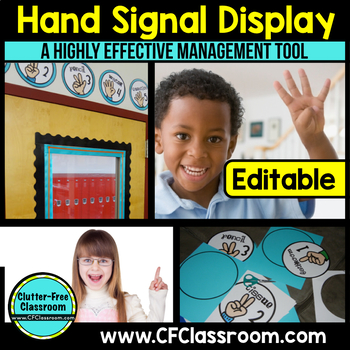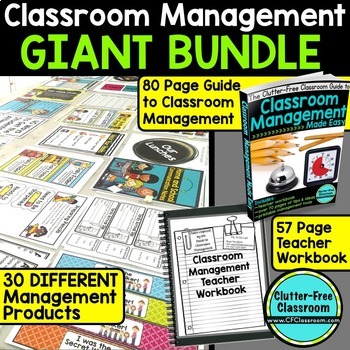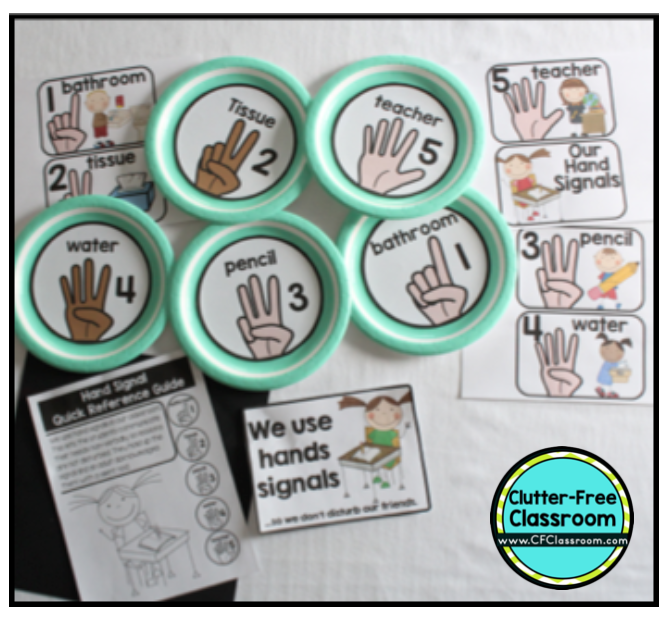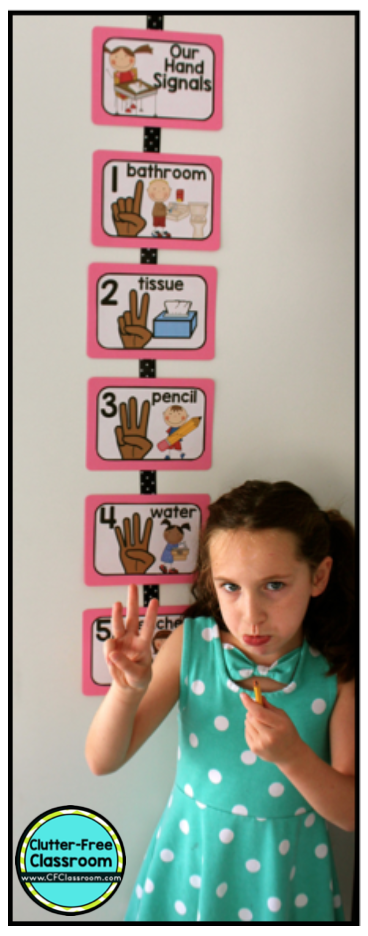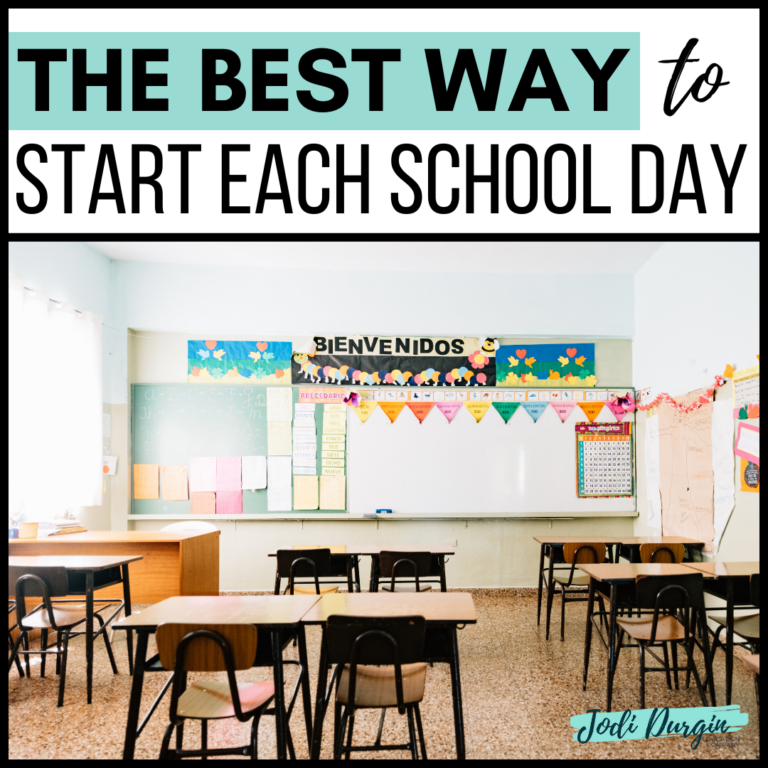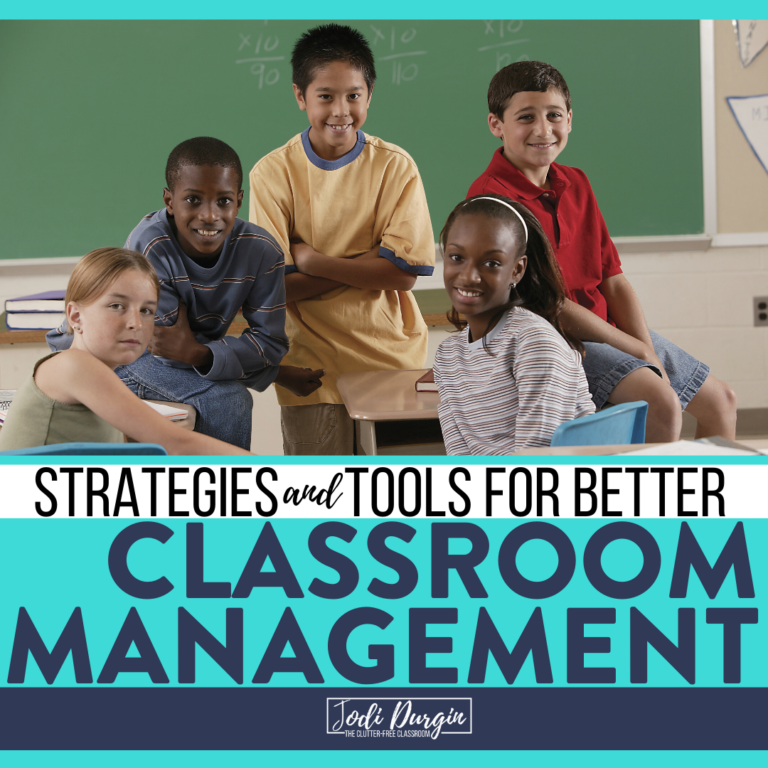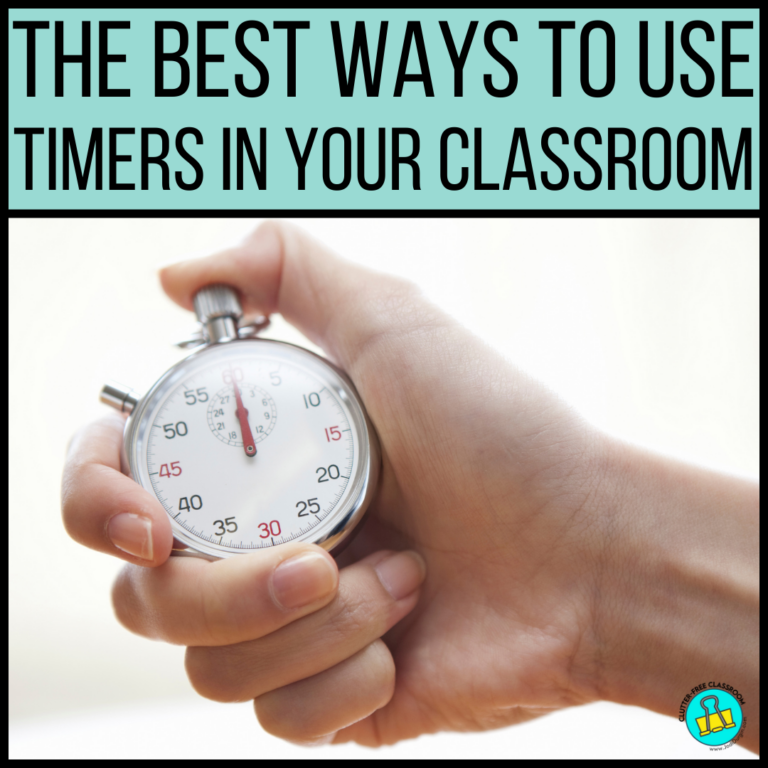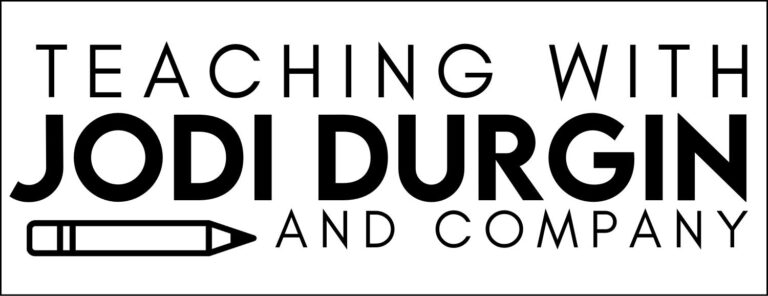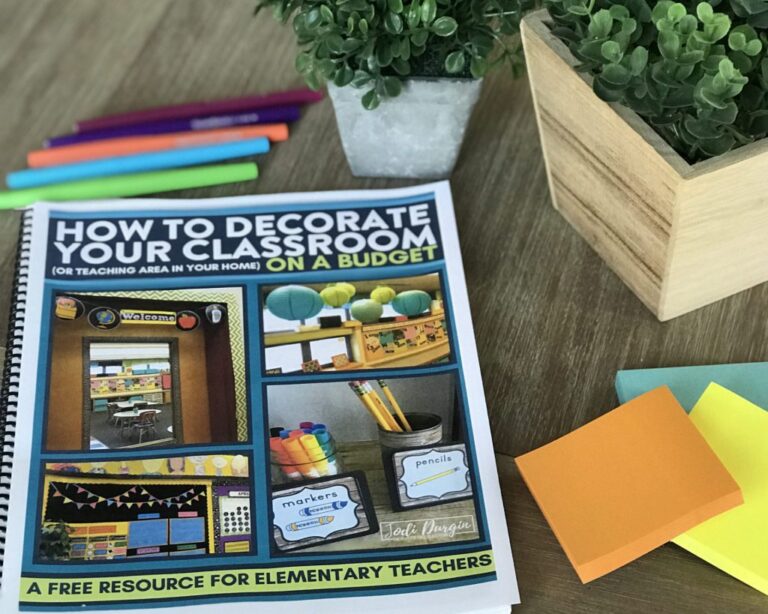Teachers often face the problem of students yelling out during a read aloud or interrupting their small group lessons and reading conferences to ask to use the bathroom, get a drink of water, sharpen a pencil, or ask a question. These disruptions often cause other students to lose focus and become off task. The good news is there is a simple solution you can put into practice right away. Using a hand signal system in your classroom will quickly and dramatically improve student behavior and eliminate many of the disruptions that happen throughout a typical school day. Learn all about using hand signals in your classroom below!
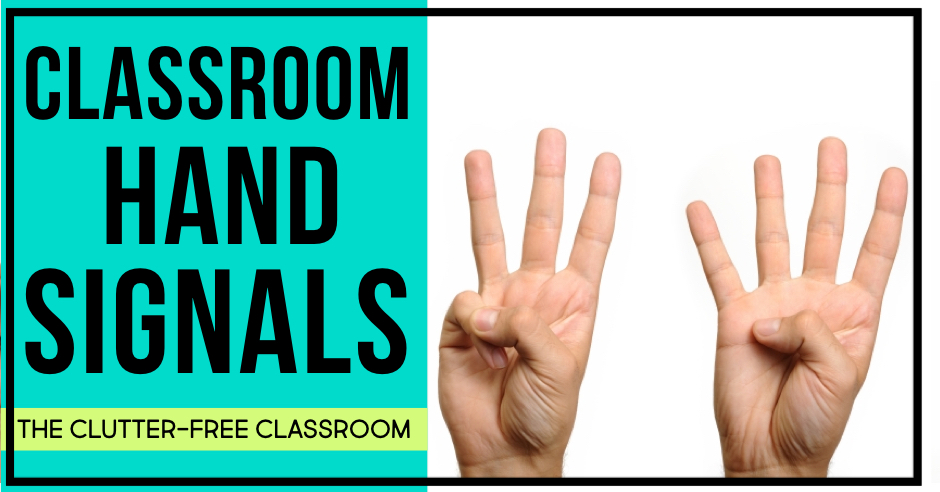
What are Classroom Hand Signals?
Basically, instead of a student raising his hand, waiting to be noticed and called on, and then verbally requesting to use the bathroom, sharpen a pencil, or get a drink of water, he instead holds up a specific number of fingers. This shows the teacher what he needs and she can simply acknowledge him with a nod. This system is effective throughout the entire school day, but is especially useful when you are conferencing with a student or teaching a small group lesson.
What are the Benefits to Using Silent Signals?
Have you ever found yourself sitting at your small group instruction table fully engaged in an amazing lesson only to find a student, who is not part of that guided math group, has wandered over to ask to sharpen a pencil? Perhaps you have been reading a story to the class and you ask a meaningful comprehension question and when you call on a student with his hand raised for the answer he instead asks, “May I use the bathroom?” These common problems can be completely eliminated with the use of hand signals.
In the past, I have experimented with simply allowing them to move around as needed, but there were always a few students who took advantage of that. They would get off task and wander the room to get a drink or a tissue to avoid working on something. This then distracted others from their work. The hand signals are an added step to prevent off task behaviors. Knowing that I am aware of their actions eliminates impulsive behaviors associated with wandering.
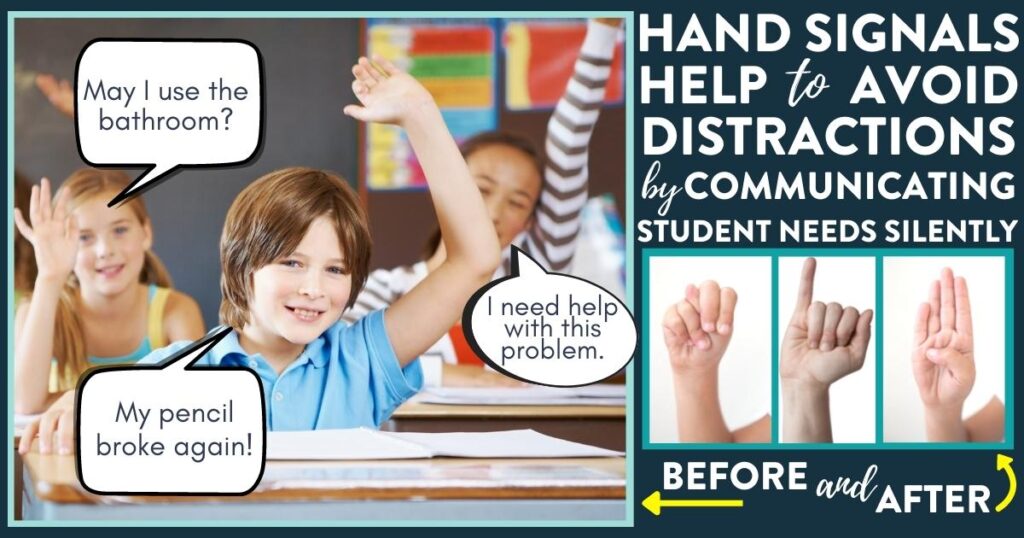
How to Use Silent Hand Signals
The students communicate their basic needs using five numbered hand signals. This eliminates the need to interrupt the class while allowing me to be aware of the location of each student at all times. By using the hand signals, students are able to let me know what they need by holding up a specific number of fingers. I am able to simply look at them and nod to acknowledge their request. I can do this without stopping what I am doing. This is important as I am frequently working with other students. Below is advice for how to use hand signals during lessons and group discussions.
How to Use Hand Signals During Lessons
Here’s how it typically goes down. You’re in your meeting area with all of your friends gathered around. You’re executing a riveting lesson and ask a question of the group. Hands go up. You’re psyched. You call on one and the child says (in a sing-songy voice), “This one tiiiime…” He then launches into a story that doesn’t relate to your lesson. You call on the next raised hand and hope that she will provide the answer you so anxiously await. Instead you hear, “Why does the…?”
I use student participation hand signals during my lessons to identify what my friends want to verbalize, so I can pick and choose who to call on to maximize instructional time.
Instead of simply raising their hand to let me know they want to speak, they hold up a letter sign to let me know what it is they want to say.
- I represents, “I have a question.”
- A represents “Answer.”
- C represents “Comment.”
There are two benefits to this. The obvious is that I know what they are going to contribute and can call on someone with an answer instead of a comment. It also lets me know who has a legit question as opposed to who wants to tell me something that may or may not relate to the topic.
The other benefit is that it gives the students the ability to identify what they want to say. It makes them aware and really cuts down on distraction and commentary that can set us off task. They don’t just shoot their hand up. I’ve also found that it eliminates the raised hand followed by “uuhhhh… I forget.”
How to Use Hand Signals for Group Discussions
You know how a student will say something and 15 other hands shoot up because they make a personal connection? The “me too” sign allows those 15 youngsters to let you and everyone in the room know that they also did whatever the speaker did or that they also like whatever the speaker likes. It’s a great way to keep everyone on task, yet it lets them “be heard.”
When a child says something like, “I like pizza,” other students give them the “me too” sign which lets them know they like pizza too.
I also use it when a child answers a question. Other students who had the same answer or agree with the speaker will give the “me too” sign to show that they are in agreement.

How to Implement a Classroom Hand Signals System
Using hand signals in the classroom helps to create a learning environment with minimal distraction. I’ve been using them for as long as I can remember and they are an essential part of my classroom management system.
1. Download the Classroom Hand Signals Resources
The classroom hand signals resources are part of my classroom management bundle. Both are available in my Clutter-Free Classroom Teachers Pay Teachers store. They are editable and have been used by thousands of teachers with great success.
Another option is to make them yourself. Begin by creating a hand signal for each of the basic needs that students typically have. I have found that holding up a specific number of fingers works best for this purpose. In my classroom, I used the following number system:
- 1 = May I use the bathroom?
- 2 = May I get a tissue?
- 3 = May I sharpen my pencil?
- 4 = May I get a drink of water?
- 5 = I have a question.
2. Prep the Classroom Hand Signals Resources
Print the classroom hand signals resources on card stock, cut them out, and then laminate them. Printing them on card stock and laminating them will help increase durability so that you can use them year after year.
3. Designate a Spot to Post the Hand Signal Posters
You will want to display the chart showing what each number represents, so students can refer to it if they forget. Having these posters displayed serves several purposes:
- They become a visual reference for students who may not remember them.
- They will be necessary for substitute teachers.
- Classroom aides, parent volunteers, and support staff can easily see what a student needs.
- If a child forgets to use the hand signal and instead blurts out, you can simply point to the hand signal posters, and hold up the correct sign as a non-verbal reminder.
- They become a visual reference for students who may not remember them.
- They will be necessary for substitute teachers.
- Classroom aides, parent volunteers, and support staff can easily see what a student needs.
- If a child forgets to use the hand signal and instead blurts out, you can simply point to the hand signal posters, and hold up the correct sign as a non-verbal reminder.
I recommend posting them in your whole group area so students can refer to them as needed during whole group instruction.
4. Introduce the Silent Hand Signals to Your Students
On the first day of school, I explain that we are going to use an exciting secret language in our classroom. I tell them that we will sometimes be communicating with our hands. I explained the reasoning and introduced the chart.
We practice together as a group in two ways. First, I hold up 1-5 fingers and they tell me what it means. Next, I name one of the needs (bathroom, tissue, etc.) and they show me how to ask using the nonverbal signals. They always pick it up rather quickly.
It is important to let them know that if there is a bathroom emergency, bloody nose, or a sneeze gone bad, they may need to quickly get to the restroom or tissue box without using the hand signal. However, to limit disruptions so more learning can take place, and so an adult always knows where everyone is, they are expected to use the hand signals.
5. Post the Classroom Hand Signals Posters
After you have introduced and practice the hand signals, post the posters at the location you previously selected. Refer back to them as needed.
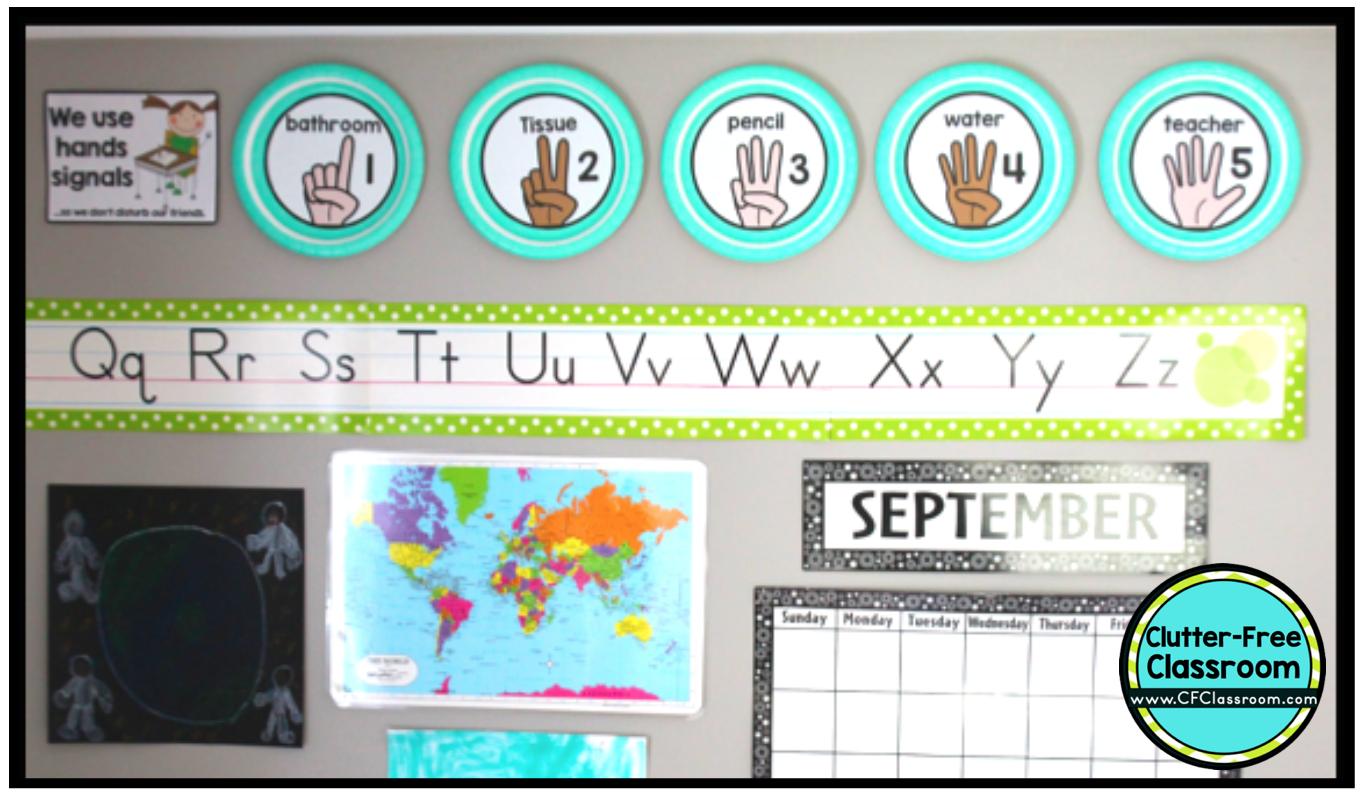
5 Tips for Using Classroom Hand Signals
Below are tips for using hand signals in your classroom.
1. Reteach and Review the Posters as Needed
If a child forgets to use the hand signal, and instead asks verbally or blurts out a request, you should redirect him. Say, “Don’t forget we use hand signals, so we don’t disturb the class. Please look at the chart and ask again using the signals.” This reinforces the procedure while also reminding them there is a resource available if they forget.
2. Share the System with Specialists
Share the system with the specials teachers. They may have their own system for their classrooms, but still let them know what you do. It is highly likely that the hand signals will become routine and the students will use them when they are at specials. Those teachers will appreciate knowing why a child is sitting and holding up three fingers.
3. Explain the System in Your Sub Plans
Be sure to reference the system in your sub plans accompanied by a brief explanation.
4. Teach Anyone who Works in Your Classroom about the System
Let paraprofessionals, parent volunteers, or your student teacher working in the classroom know what the hand signals mean.
5. Set Clear Expectations
I ask that they do not request to get a drink or use the bathroom (unless it is an emergency) during read alouds, whole group instruction, or when they are working in a small group with me so that they do not miss part of a lesson. It is important to discuss what an actual emergency entails or you will have your friends claiming that it is always an emergency. The majority of my instruction is done in the form of shorter mini-lessons, so this is never a problem.
In closing, I hope you found this post about classroom hand signals helpful! If you did, you may be interested in learning about more helpful classroom management tips and resources. I highly encourage you to check out my popular Classroom Management Bundle. It includes a detailed guide to classroom management, a teacher workbook, and a HUGE collection of printable resources that will make managing your classroom simple and enjoyable. Be sure to read through the feedback from teachers like you who have used it to see how effective it has been. If you would simply like to grab the editable hand signal signs I’ve created those are available too. Both are shown below.
